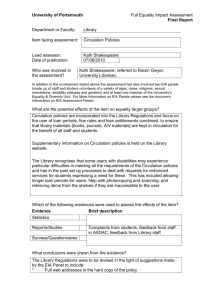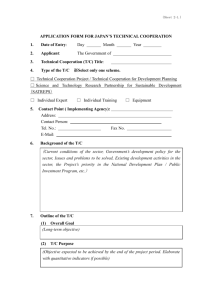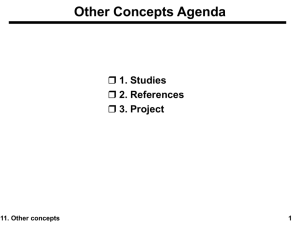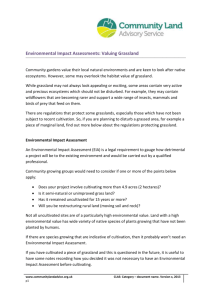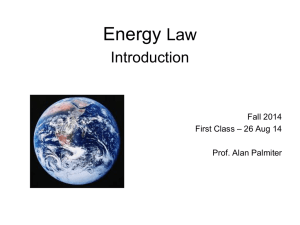Top tips for conducting an Equality Impact
advertisement
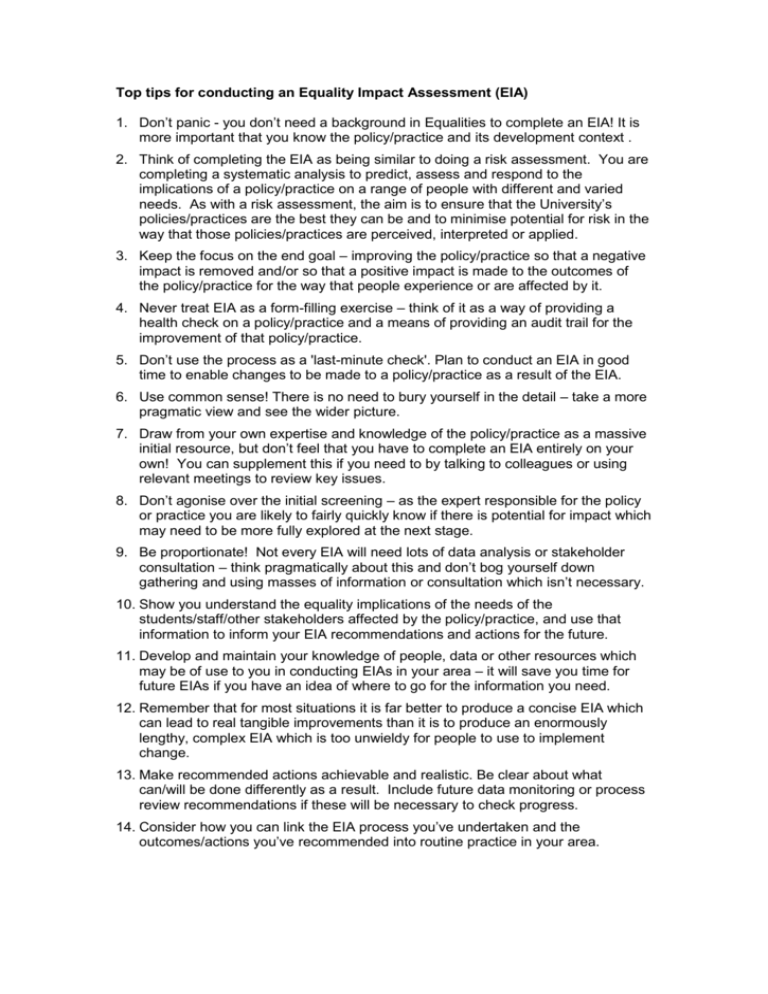
Top tips for conducting an Equality Impact Assessment (EIA) 1. Don’t panic - you don’t need a background in Equalities to complete an EIA! It is more important that you know the policy/practice and its development context . 2. Think of completing the EIA as being similar to doing a risk assessment. You are completing a systematic analysis to predict, assess and respond to the implications of a policy/practice on a range of people with different and varied needs. As with a risk assessment, the aim is to ensure that the University’s policies/practices are the best they can be and to minimise potential for risk in the way that those policies/practices are perceived, interpreted or applied. 3. Keep the focus on the end goal – improving the policy/practice so that a negative impact is removed and/or so that a positive impact is made to the outcomes of the policy/practice for the way that people experience or are affected by it. 4. Never treat EIA as a form-filling exercise – think of it as a way of providing a health check on a policy/practice and a means of providing an audit trail for the improvement of that policy/practice. 5. Don’t use the process as a 'last-minute check'. Plan to conduct an EIA in good time to enable changes to be made to a policy/practice as a result of the EIA. 6. Use common sense! There is no need to bury yourself in the detail – take a more pragmatic view and see the wider picture. 7. Draw from your own expertise and knowledge of the policy/practice as a massive initial resource, but don’t feel that you have to complete an EIA entirely on your own! You can supplement this if you need to by talking to colleagues or using relevant meetings to review key issues. 8. Don’t agonise over the initial screening – as the expert responsible for the policy or practice you are likely to fairly quickly know if there is potential for impact which may need to be more fully explored at the next stage. 9. Be proportionate! Not every EIA will need lots of data analysis or stakeholder consultation – think pragmatically about this and don’t bog yourself down gathering and using masses of information or consultation which isn’t necessary. 10. Show you understand the equality implications of the needs of the students/staff/other stakeholders affected by the policy/practice, and use that information to inform your EIA recommendations and actions for the future. 11. Develop and maintain your knowledge of people, data or other resources which may be of use to you in conducting EIAs in your area – it will save you time for future EIAs if you have an idea of where to go for the information you need. 12. Remember that for most situations it is far better to produce a concise EIA which can lead to real tangible improvements than it is to produce an enormously lengthy, complex EIA which is too unwieldy for people to use to implement change. 13. Make recommended actions achievable and realistic. Be clear about what can/will be done differently as a result. Include future data monitoring or process review recommendations if these will be necessary to check progress. 14. Consider how you can link the EIA process you’ve undertaken and the outcomes/actions you’ve recommended into routine practice in your area.


